10 Amazing ISTP Anime Characters
Want to discover some unforgettable ISTP anime characters? With this list you can explore how these personality types can show up in the exciting, action-fueled world of Japanese animation. As with all fictional character typings, if you have alternate opinions be sure to leave them in the comments. I can’t sit down with these characters and conduct a professional MBTI® assessment, so I had to type them based purely on how they appeared on screen or in the mangas (sometimes with one given more credence than the other).
Not sure what your personality type is? Take our new personality questionnaire here. Or you can take the official MBTI® here.
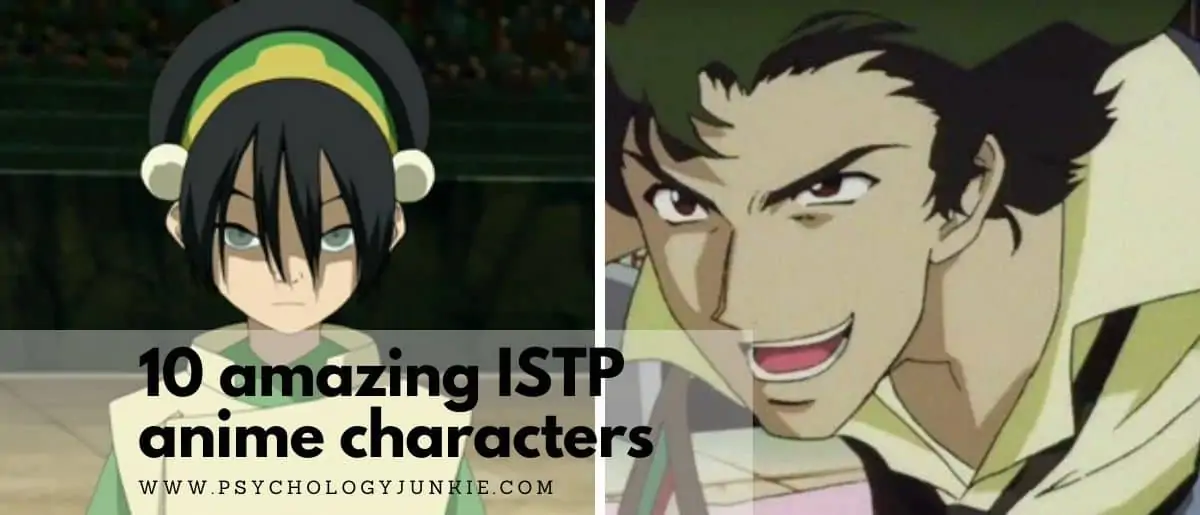
10 Amazing ISTP Anime Characters
Table of Contents
Estimated reading time: 9 minutes
1. Zoro – One Piece
“I don’t care what the society says. I’ve not regretted doing anything. I will survive and do what I want to.”
There are different styles of ISTPs, and Zoro represents the physically adept, action-focused breed. He’s a brilliant swordsman, which is important given his position on Luffy’s crew. As is typical for ISTPs, he’s cool-headed under pressure, and strategic whenever the moment calls for it. He’s not much for planning things out in advance, or concerning himself with the future, beyond launching himself at a vague goal: to be the world’s greatest swordsman. Zoro is extremely private and maintains a general stoicism during emotionally charged situations, like when everyone is reeling over the loss of a crew member. He’s naturally critical of everything around him which surfaces in the infrequent instances that he shares an opinion. While he wasn’t keen on joining Luffy’s crew, Zoro ends up gaining a deep loyalty for Luffy and his cause, once Luffy manages to earn his respect.
2. Akihito Narihisago – ID: Invaded
“Was I broken just so I could put myself back together? Who would do that to me? I’m making too many assumptions. For all I know, I came apart on my own. I can’t even be sure that putting myself back together is the right thing to do. No, this is right. I’m not supposed to be in pieces.”
Analytical and morally questionable, Narihisago is a former detective that essentially fell prey to a tragedy. As a result, he lashes out against serial killers, effectively becoming one himself. He spends the majority of the show as a prisoner, diving into the minds (or “id wells”) of serial killers and solving the mysteries within them, leading to the capture of said serial killer. He’s highly analytical and uses his sharp detective skills to draw insightful conclusions as to what’s going on in every id well. Throughout the course of every investigation, he’s careful not to make too many assumptions yet pays attention to his instincts. He observes his surroundings, deduces based on the evidence, and then acts. Of course, he leans heavily on his logical nature and even learns to weaponize it. It’s in these scenarios that we also see his Fe wielded. Otherwise, his inferior Fe primarily surfaces in his lack of clear values and a tendency toward suppressing his emotions.
3. Kiritsugu Emiya – Fate/Zero
“Knights call certain methods of fighting good and others evil, acting as if there were some sacred nobility to the battlefield. Such illusions created by heroes throughout history have led countless young men to their bloody deaths, all for the sake of this glory and honor they all extol.”
Kiritsugu represents a damaged ISTP anime character, intent on repairing the world by whatever means necessary. He excels at shutting off his emotions and doing whatever is necessary no matter the personal cost. He often displays that dead, emotionless look that many ISTPs are known for. The actions he takes in an attempt to fulfill his quest, and conquer the other participants in the Holy Grail War are morally gray, and by no means honorable, which is a huge source of conflict with his summoned servant. No action seems out of bounds. Kiritsugu is tactical and strategic, often shown analyzing his opponents and situations in advance, attempting to read into their motivations so he can form the best plan of action. However, he handles himself in the moment well and prefers to be in the center of all the action.
4. Shoto Aizawa

“Do what you want. Just decide before my nap’s over.”
Aizawa emphasizes being rational and logical. In spite of being a teacher at U.A., he shares only the most relevant information with his students, and tends to jump straight into the physical aspects of their training when possible. He also frequently leaves his students to make their own decisions and prefers them to figure things out for themselves. In addition, Aizawa finds amusement in playing the occasional mental game in order to teach them lessons or motivate them. Aizawa often appears dull and lifeless, doing what he has to do in a rather unenthusiastic way. His casual manner is not only demonstrated by his disheveled look, but also by the fact that he’s shown taking naps in the middle of class. While we see his inferior Fe surface in his hate for the spotlight, we also see it surface positively on multiple occasions when he feels the need to protect the reputation of his students or close colleagues.
5. Saitama (One Punch)
“I’ll leave tomorrow’s problems for tomorrow’s me.”
Saitama is a well-known ISTP among the anime crowd. He exists in a state of apathy, often making comments about how he’s lost the ability to feel. He spends the entire series searching for a challenge, but due to his overpowered state, he’s never able to find one. His mannerisms are easy to relate to as an ISTP. He’s prone to making accidentally insensitive comments or ignoring people, although at times it’s intentional. However, as a whole, he’s friendly and laid back. He exists primarily in the moment, being prone to procrastination or avoiding his immediate problems. When he speaks, he tends to be short and to the point. When forced to endure a long dialogue, he physically twitches due to his impatient nature. Saitama’s inferior Fe also surfaces in how he feels unappreciated and invisible, yet ends up willing to villainize himself to protect the reputation of other heroes.
6. Shiki Ryougi – Kara no Kyoukai
“I guess it’s true that stupidity can’t be cured.”
Shiki is about as emotionally disconnected as one can get, often appearing empty and detached. Like many ISTPs, she’s prone to coming out with sharp opinions when sharing her thoughts, but she often just chooses to not bother speaking at all. Her Se surfaces in her impulsive fighting style, and tendency to seek out action. She’s not often strategizing in advance, but rather following the moment and going with the flow of the battle. She’s quick to lose interest in a battle if the opponent is not challenging enough. When her emotions do surface, she struggles to deal with them and tends to lash out physically as a result. While we can point to that and her lack of empathy as proof of her inferior Fe, the better proofs are shown by how she struggles to respond to Mikiya’s straight-faced jokes (because bad Fe is desperately looking for a queue and can’t find one), and by the fact that she uses Mikiya as her moral compass.
7. Spike – Cowboy Bebop
“Whatever happens, happens.”
Spike is a very laid back, sarcastic, and lively person, who likes to spend most of his time lounging around. However, when he finds a bounty that piques his interest, he goes all in, fully engaging his Se. He’s motivated mostly out of self-interest rather than by protecting others, with the exception of his closest companions. Spike has a cynical sense of humor which is common amongst jaded Ti doms, and he can be sharp when pushed to the point of irritation. He is a rule-breaker and will openly antagonize rule enforcers for his own amusement. If he thinks a rule is stupid or inconvenient, he will ignore it without a second thought. His Ti-Se comes out in full force in moments where he’s being especially difficult – like when he swallows a poker chip in front of someone simply because he knows that they’re desperate to get it… for some unknown reason.
8. Toph Beifong – Avatar: The Last Airbender
“The obedient, little helpless blind girl that you think I am just isn’t me. I love fighting. I love being an earthbender.”
I’m aware that people argue about whether or not Avatar is technically anime, but I decided to include Toph since good female ISTPs in anime are few and far between. Toph is stubborn, sarcastic, and fiercely independent. Shortly after meeting Aang and his team, she jumps ship from her current existence, desiring nothing more than to be free from her restricted lifestyle. Although blind, she’s learned to make up for it via earth bending, in which she is highly skilled. She’s determined to be treated normally, in spite of her disability. Toph is a tomboy, as many ISTP females are. She pays little attention to her appearance, although feels secretly hurt when people poke fun at her in this area. While well-versed in social niceties due to her upbringing, Toph tends to discard basic manners, much to the dismay of those around her. Her teaching style is far harsher than the rest of the members of Aang’s group, due to her tough-love approach to dealing with others.
9. Itaru Hashida – Steins;Gate
“Just calling it like I see it, man.”
Itaru Hashida, or Daru, is an example of a nerdy ISTP. He’s a skilled hacker, who of course, likes to game during his downtime. We see his Ti in things like his intricate naming system that makes no apparent sense to anyone else. He’s calm and rational, not often seen losing his temper or getting flustered. When he does get angry or frustrated, he’s prone to lashing out physically, via punching, throwing things, or pounding whatever is in front of him. Interestingly enough, Daru plays a more diplomatic role amongst the group, frequently interpreting what just happened (on an interpersonal level) to the rather oblivious Okabe. Of course, this is an example of his healthy use of Fe. Otherwise, he’s easily embarrassed and prone to being insecure. Overall, he plays the role of a realist on the team who remains supportive of Okabe and his efforts.
10. Kyoka Jiro – My Hero Academia

“I’m sorry. Next time I’ll ask before saving our butts.”
In her daily life, Kyoka acts unenthusiastic and indifferent. Being snarky and sarcastic, she’s prone to making insensitive jabs at those around her. Kyoka is not quick to let others in, preferring to keep her interests and ideas private. However, with enough social pressure, she can be convinced to share. In spite of her appearance, Kyoka can be rather sensitive to the opinions of others, which is hinted at by the harsh ways that she reacts to certain things people say (like getting mocked for not having a girly room). When angered, she’s prone to reacting physically. Of course, sometimes this anger is unleashed in defense of one of her friends. In battle, Kyoka is strategic and cool-headed. She uses whatever tools are available to her to fight effectively, which can include, for instance, throwing Kaminari at her opponents.
What Are Your Thoughts?
Did you enjoy this list of ISTP anime characters? Be sure to let me know or give alternate suggestions in the comments! We’d love to hear from you!
More Articles for ISTPs:
5 Reasons Why You’ll Need an ISTP During a Zombie Apocalypse
10 Things ISTPs Look for in a Relationship
10 Things You Should Never Say to an ISTP
The Top 7 Gift Ideas for ISTPs
About the Author:

Subscribe to Our Newsletter

Want to discover more about personality type? Get the inside scoop with Susan Storm on all things typological, along with special subscriber freebies, and discounts on new eBooks and courses! Join our newsletter today!


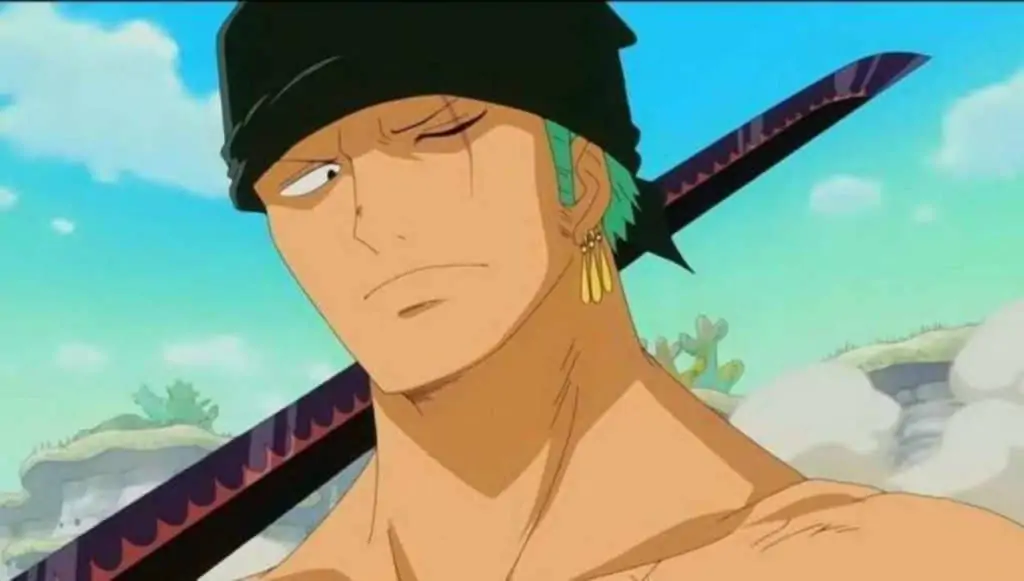

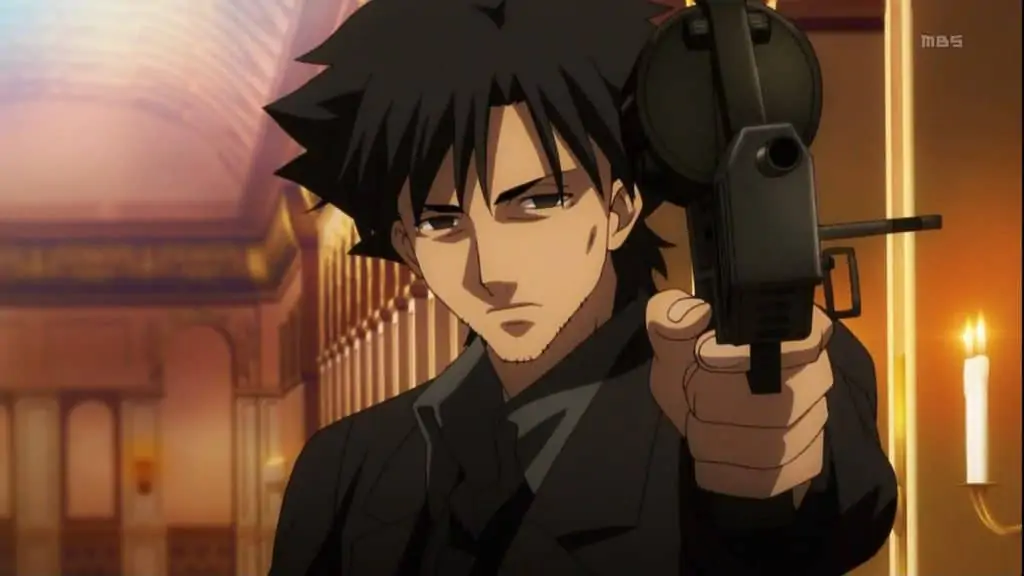
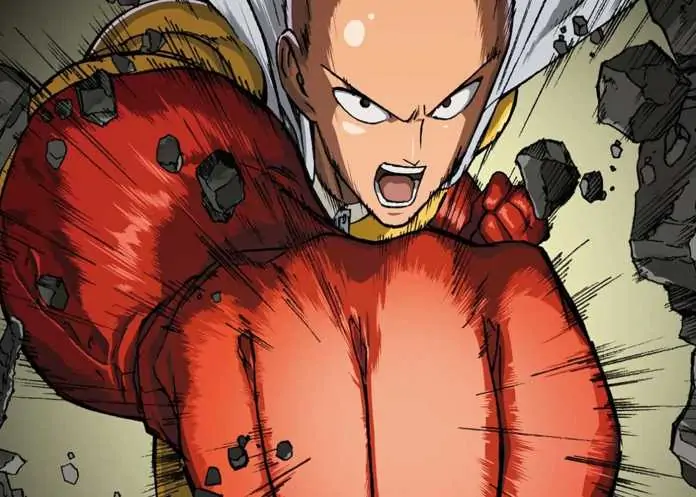

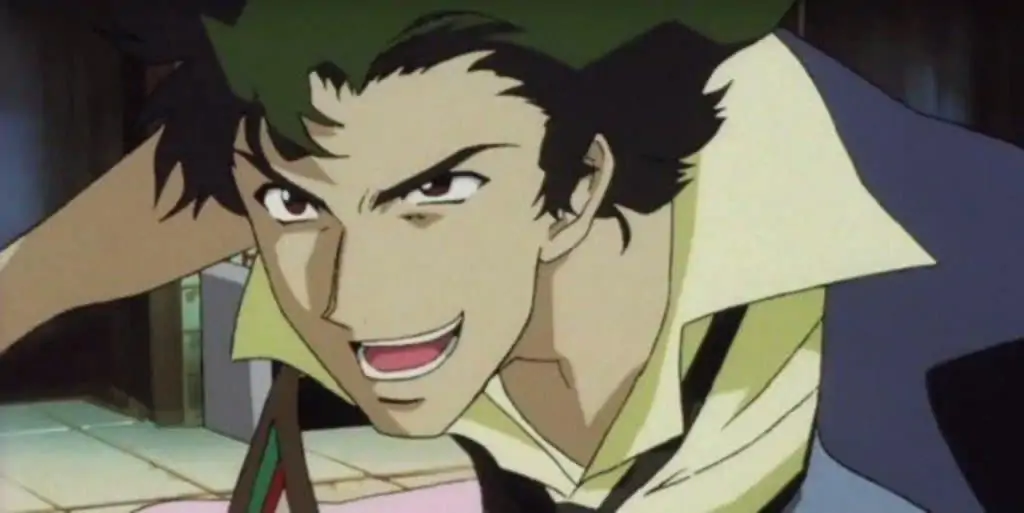
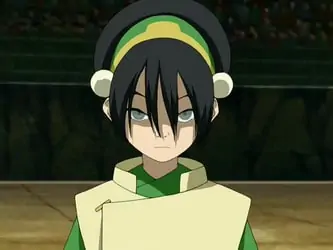






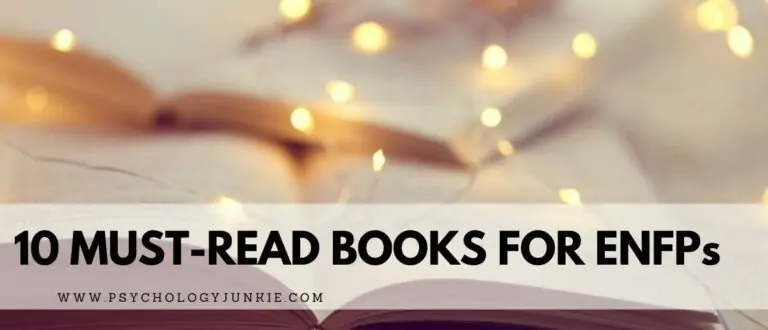
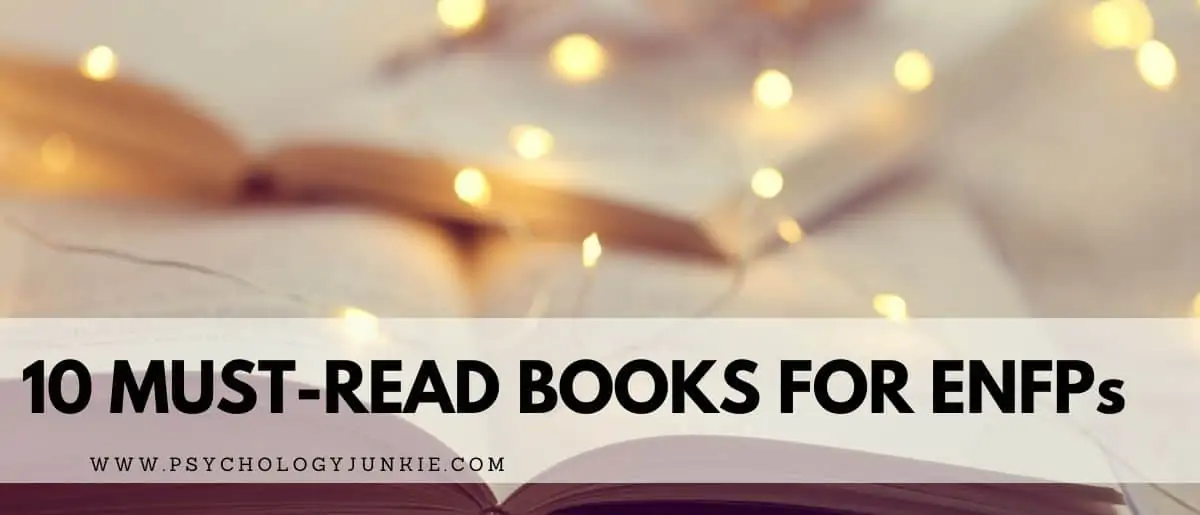
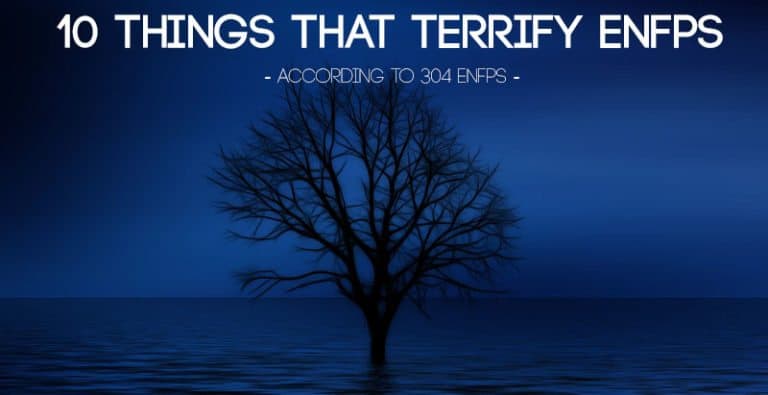
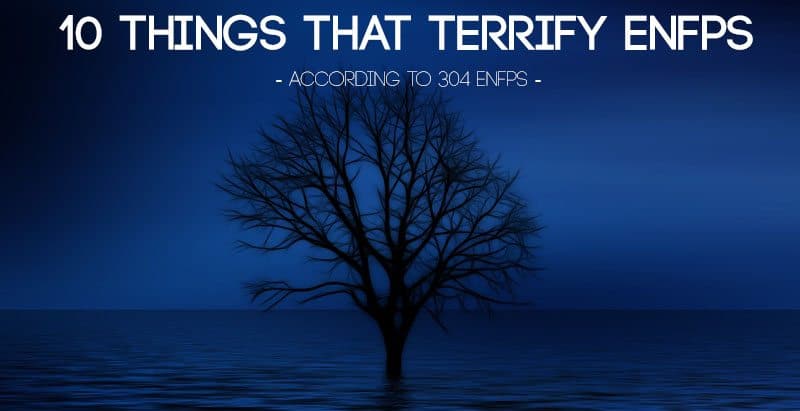


Look at Zwei from Phantom: Requiem for the Phantom